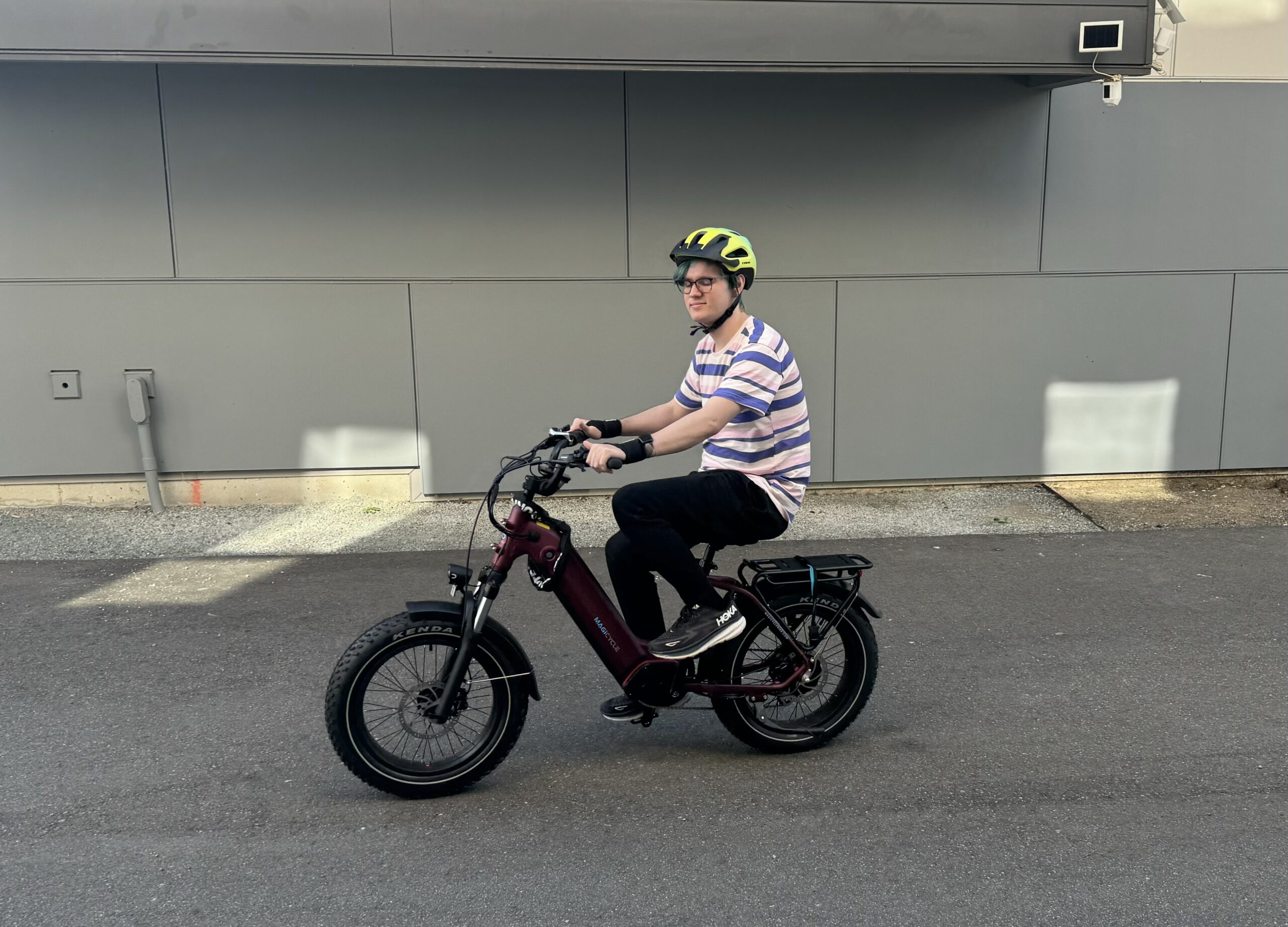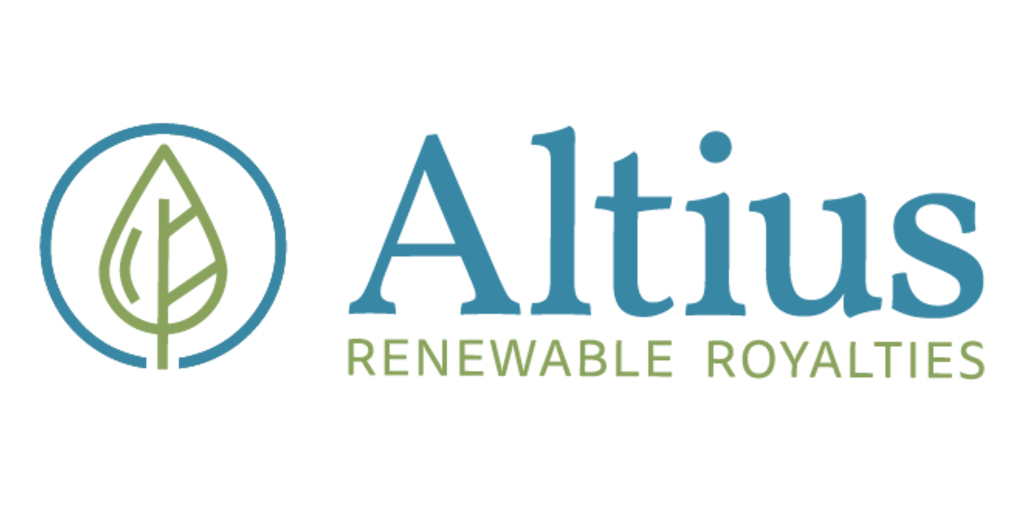Sign up for daily news updates from CleanTechnica on email. Or follow us on Google News!
In a rare move, CSIRO has defended itself against attacks by Australia’s conservative politicians and the Rupert Murdock media. The fossil fuel focused are reacting to the latest CSIRO GenCost report, which reaffirms yet again that renewables are the cheapest form of electricity generation. CSIRO is Australia’s premier science and research body.
According to the CSIRO report: “Nuclear small modular reactors (SMRs) emerged as the highest-cost technology explored in the report. This corresponds with new data from the most advanced SMR project in the US.”
Peter Dutton (conservative federal Opposition leader — once were liberals, but alas no longer) would likely fail a lie detector test, a high school maths test, and any test on general science principles. He has basically accused the CSIRO of fudging the figures to make renewables look better than nuclear. All this in the context of Australia’s inevitable move to wind and solar power and without any nuclear energy infrastructure or industry in place in the country. Perhaps it is a “glow in the dark” red herring?
The Guardian states: “CSIRO chief executive, Douglas Hilton, has warned that maintaining trust ‘requires our political leaders to resist the temptation to disparage science’, rejecting Dutton’s comments about its GenCost report. But the opposition leader has doubled down, repeating his incorrect claim on Friday that the report does not properly cost renewables and transmission required to integrate them into the grid.” Anybody who reads the report can see that these costs are included. Peter Dutton is comparing renewables that do exist with a theoretical modular nuclear reactor which is not yet commercially available and so cannot be assessed in the real world. It may be able to do so by 2030, but by then Australia will likely be over 80% renewable at current rates of progress.
CSIRO continues: “In response to feedback on the previous report, the 2023-24 draft report incorporates pre-2030 integration costs, such as storage and transmission for variable renewables in the levelized cost of electricity (LCOE) data. This addresses the concern that leaving out pre-2030 projects under-estimates the cost of the renewable transition. While this change leads to higher cost estimates, variable renewables were still found to have the lowest cost range of any new-build technology.”
Perhaps Mr Dutton hasn’t read the new report and is responding to last year’s? Time to catch up. Time to hire new research assistants?
On national television, Dutton stated that he was “strongly in favour of renewables.” Unfortunately, he was not hooked up to a lie detector at the time. The man and his political party need to be judged by their actions. After 10 years in government, most of the energy actions of Australia’s liberal/national coalition were to slow down the installation of wind and solar farms. It is worth noting that during those 10 years, the coalition did nothing to promote nuclear power. Why not? Because they know it is a non-starter, and is estimated to cost at least three times the price of power from renewable energy generation (as per the GenCost report).
The federal conservative Opposition is pushing to keep coal-fired power stations open for as long as possible and then replace them with nuclear. That’s a little difficult as solar and wind prices fall, and as coal-fired power stations fail due to lack of maintenance.
Meanwhile, in the real world, what is actually happening in Australia’s National Electricity Market (NEM)? According to the live feed monitor on the NEM widget, Australia is currently drawing over 55% of its power from renewable sources: 381 MW from hydro, 3784 MW from wind, 5271 MW from large solar, and 7564 MW from small solar. As usual, the tiny state of Tasmania is the star, with all of its electricity being generated by hydro, wind, and solar. South Australia is at about 95% renewable. Victoria, New South Wales, and Queensland are over 50%. Western Australia’s separate grid is producing a little over 50% of its power from wind and solar.
The recent Clean Energy Council Clean Energy Australia report highlights growth in the renewables sector over the past 12 months. “Renewable energy provided 39.4 per cent of Australia’s total energy generation in 2023, a 9.7 per cent increase from 35.9 per cent in 2022.” Additions to the grid in 2023 include: 2.8 GW of renewable capacity from large scale projects, and 3.1 GW from rooftop solar (over 340,000 homes added money-saving solar systems, many with batteries). This was significantly up from 2022. 1.9 GW of utility scale solar were added in 2023. Unfortunately, only 942 MW of new wind were installed.
2023 was also a record-breaking year for new financial commitments to large-scale storage. In Q2, investment in big batteries broke the billion-dollar mark during a quarter for the first time, and by Q4 that record had been broken. Total investment in large-scale storage stood at $4.9 billion by the end of 2023, up from $1.9 billion in 2022 — a 157.9 per cent increase. The combined capacity of the large-scale storage projects reaching financial commitment in 2023 totalled 3,949 MW / 9,905 MWh.
Unfortunately, 2023 saw a slowdown in new financial commitments to utility scale generation capacity at $1.5 billion, significantly down on $6.5 billion for 2022.
The Australian Energy Market Operator (AEMO) has advised that Australia needs to add 6 GW of renewables to the grid in order to meet the federal government’s target of 82% by 2030. “The announcement of the Australian Government’s expansion of the Capacity Investment Scheme, to support the addition of 23 GW of new renewable electricity generation capacity between 2024 and 2027 and a further 9 GW of dispatchable capacity, is intended to get large-scale investment back on track.”
If nuclear power stations were to be included in Australia’s grid, the question remains as to how they would fit. The Australian grid, like many around the world, is moving from a paradigm of coal-fired “baseload” to the future reality of intermittent renewables “firmed” by batteries. As noted above, the batteries are being installed at a rapid pace.
Australia’s state governments, energy providers, and large energy users have agreed that renewables are the way to go for cheaper energy. It is only the federal Opposition which is looking for mythical cheap energy sources like modular nuclear reactors, Santa Claus, and the Easter Bunny.
Have a tip for CleanTechnica? Want to advertise? Want to suggest a guest for our CleanTech Talk podcast? Contact us here.
Latest CleanTechnica TV Video
CleanTechnica uses affiliate links. See our policy here.



